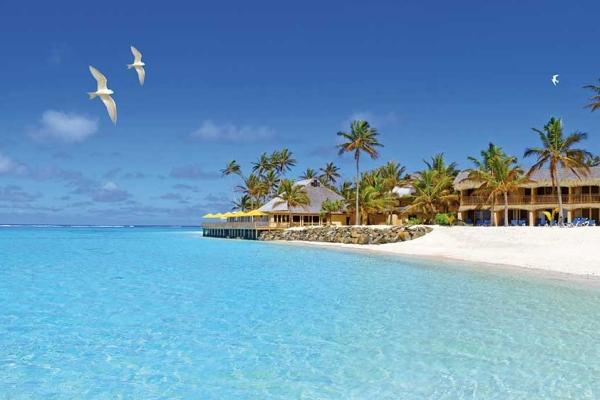Published on the 01/04/2016 | Written by Donovan Jackson

Mythical Hawaiki is coalescing out of the ether and more connectivity could be a reality ere long…
That’s as construction gets underway on a new trans-Pacific cable which will connect New Zealand, Australia and the United States. Notably, Hawaiki will be privately-owned and carrier-neutral, which could spur competition and advance the possibility of downward price pressure.
Choosing April 1 to make the announcement, Hawaiki Cable’s representatives took pains to point out that this was no joke. Instead, the company said, the construction phase of the undersea cable has started – making it the second undersea cable breaking ground (or, perhaps, water) in as many weeks.
The 14 000 kilometre cable system will link Australia and New Zealand to mainland United States, as well as Hawaii, with options to expand to several South Pacific islands.
Don’t expect faster, cheaper internet (or anything else) any time soon: completion is expected around mid-2018, providing some insight into the daunting business case which faces investors in projects of this nature.
Those investors are Sir Eion Edgar and Remi Galasso, who have partnered with connectivity entrepreneur and CallPlus co-founder Malcolm Dick.
In the company’s press statement, Edgar described the commencement of construction in effusive terms: “This is the beginning of a new era for New Zealand and the Pacific Islands in terms of international connectivity.”
Meanwhile, the man who has earned his stripes in connectivity voiced a thought on many a mind: “The lack of an alternative cable system connecting Australia, New Zealand, and the USA has long been a concern of mine,” said Dick. “Having built telco businesses in both Australia and New Zealand in the past, I am aware of the need to provide competition by being independent of the incumbent operators. This increased level of competition and capacity should make data caps a thing of the past.”
The response from TUANZ was somewhat muted; CEO Craig Young said it supports competition and extra capacity up to the US. “[However], the business case has obviously been difficult. We don’t want to fix a problem that doesn’t exist, which is why we are hosting events to debate if we actually do have a problem. This [development] will be an interesting addition to the discussion.”
Young pointed out that with Hawaiki joining Bluesky’s mooted Moana project, there is a possibility of almost quadrupled capacity to the USA. “I’m not sure that’s necessarily a good investment case.”
He added that international connectivity makes up a small part of the bill for consumers, even with streaming services which are cached closer to home. “However, we do support increased future proofing and resiliency on the links. I think the larger organisations, the cloud providers, telcos and academic institutions, will welcome the news.”
And indeed they have. Research & Education Advanced Network New Zealand (REAANZ) board chair Jim Donovan noted that there have been a number of attempts to establish a second submarine cable to improve New Zealand’s connectivity capability, provide new capacity and diversity of supply.
Those attempts have ranged from the fanciful – such as failed politician Kim Dotcom’s throwaway promises – to the more serious but ultimately doomed Pacific Fibre.
“This long-held vision for New Zealand is now a reality, with the extensive investment and infrastructure funding required now secured, and supply contracts in force,” said Donovan.
Young’s concerns aside, internet connectivity is perhaps one of those few resources for which a ‘Field of Dreams’ business model applies (if you build it, they will come); REANNZ said it has seen an exponential rise in traffic on its network with 84 percent growth in 2014-15, compared with 25 percent in public internet traffic over the same time period. It noted that international, large-scale science projects, such as the Square Kilometre Array (SKA) are projected to use several times the current global internet traffic, so ‘swift, reliable connectivity is essential’.



























